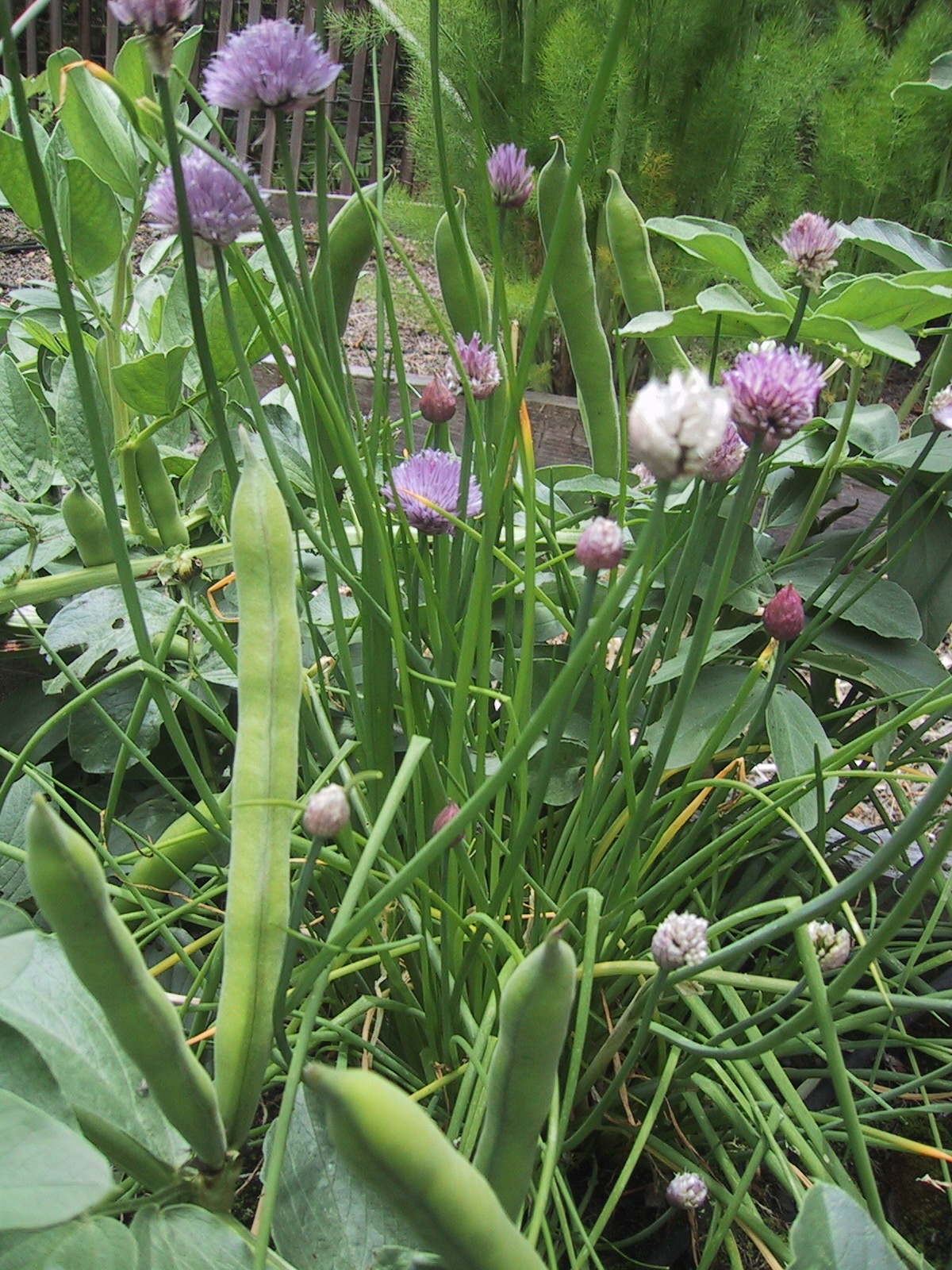
Being in the sustainable food business in a small town and rural neighborhood is both an inspiration and a challenge. One of the vendors from our local farmers’ market was banned a few weeks ago, ostensibly because they were not “local.” Of course, the stories surrounding the incident vary, based on who you ask, but the basic thread is that the vendor did not “follow the rules” and was from <gasp> Duarte. The contraband in question was stone fruit; apricots, peaches, nectarines, cherries, you know, the hard stuff! A vendor friend noted that they had UPC stickers on their fruit, a sure sign of the conventional commoditized food system; surely not a sign of a small, artisan producer? I reflect on the bar coded UPC’s on my own olive oil bottles, a similar litmus test? Many of us as small producers must court multiple sales channels in order to survive. Grocery equals UPC codes; non-negotiable in their world. Even my local customers prefer to purchase our olive oil in their local grocery store, hence the dance with the devil. Without UPC’s and a distributor, the grocery channel is virtually closed to the small producer.
We define local, here on the Mendocino Coast, as somewhere between 100 and 150 miles circumference. This allows us the grains and beans cultivated in the central valley, while still preserving the intrinsic relationship between farmer and customer. My sister lives in the suburbs of Washington, DC, and in her world, local is within 800 miles circumference. In the urban mid-Atlantic, small farms are harder to find. We are spoiled here in California, where farmers live within driving distance of urban markets. Many of us take for granted the cornucopia of regional produce displayed at our local farmers’ markets. Here in Mendocino County, this bounty is limited to the months of May through October, when the certified markets are active. If we wish to partake in seasonal winter vegetables, locally produced, a CSA is often our only option. We are fortunate here in Fort Bragg to have a relationship with a year-around CSA farm. Not everyone is so lucky. In fact, one of the reasons that the disputed produce vendor was even in our local market was to supply fresh items in winter not available in our more severe climate zone.
A successful farmers’ market is a vibrant and diverse market. Thus defines the dilemma. Do we limit the market to only local vendors, and, for that matter, one vendor per commodity? While an ideal situation for the producer, this limits the customers’ choices, and, as a result, their patronage of the market. More choices = more customers, and more customers = higher sales for market vendors. Somehow this equation does not hold true with our local market association. The “rules” supersede the customer. But, what is a market without a customer? By definition, a market exists when a seller and a buyer agree on an exchange for a particular commodity. Without these components, a market does not technically exist. Our lesson; make the maximum variety of commodities available to the consumer. The market will sustain itself. If the commodity has no value to the customer, then the market, or the vendor, will fail.
Open markets promote open minds. We must trust the market forces to drive the equilibrium. If a commodity has no demand, and therefore no value, the market will demonstrate to the vendor that they cannot sustain their participation. Almost Darwinian, those who succeed have the characteristics of success. If your product has value, it will be reflected by the customer as increased sales. No need for oversight, no need for regulation, the force of the market prevails. If there is a buyer and a seller, there is a market. It is not about the random regulatory boundaries exercised by an outside entity. We must reflect on this basic principle of commerce and embrace the essence of its power.
No matter how you define “local” or “regional.” It is about buyers mated with sellers exchanging the value of a given commodity. This is the essence of the freedom of choice characterized in a market economy.
To one customer, located somewhere west of the Mississippi, but where olives are not cultivated, my product might be considered “local.” Yet in a market less than 200 miles away, where olives trees are more common, it is disqualified on the same criteria. It is not about the random geographical boundaries. It is about access to clean, fair and healthy foods. Something we Californians take for granted, but perhaps should not. Every producer is an artisan of sort; and is it our privilege to categorize and judge, or should we simply fulfill our role as buyer, and let our choices speak the truth instead?


